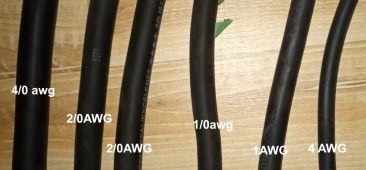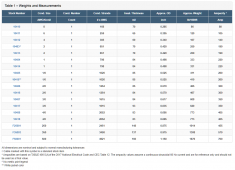I have a quick question I bet someone out there knows the answer to without too much heavy lifting...
Why do Renogy and Giandal have TWO positive and TWO negative 4AWG cables included in inverter set ups?
I first was given a Renogy 2000W inverter and was surprised that it came with two sets of cables, and a fellow I asked about it said you could use BOTH to equate to a heavier size cable.
Then I realized I wanted a 3000W inverter and bought the Giandel inverter... It ALSO had two sets of cables.
Neither product comes with any kind of installation information that mentions this. Is one set EXTRA? or are they meant to be used in tandem? Why dont they just send ONE cable that is the right AWG for pos and neg?
Thanks for your thoughts on this.
Why do Renogy and Giandal have TWO positive and TWO negative 4AWG cables included in inverter set ups?
I first was given a Renogy 2000W inverter and was surprised that it came with two sets of cables, and a fellow I asked about it said you could use BOTH to equate to a heavier size cable.
Then I realized I wanted a 3000W inverter and bought the Giandel inverter... It ALSO had two sets of cables.
Neither product comes with any kind of installation information that mentions this. Is one set EXTRA? or are they meant to be used in tandem? Why dont they just send ONE cable that is the right AWG for pos and neg?
Thanks for your thoughts on this.





